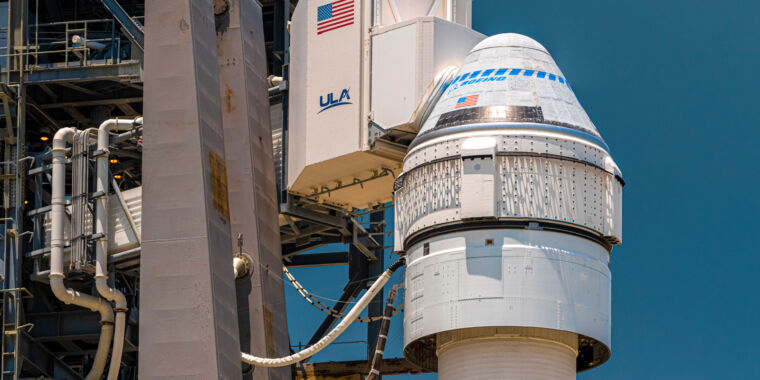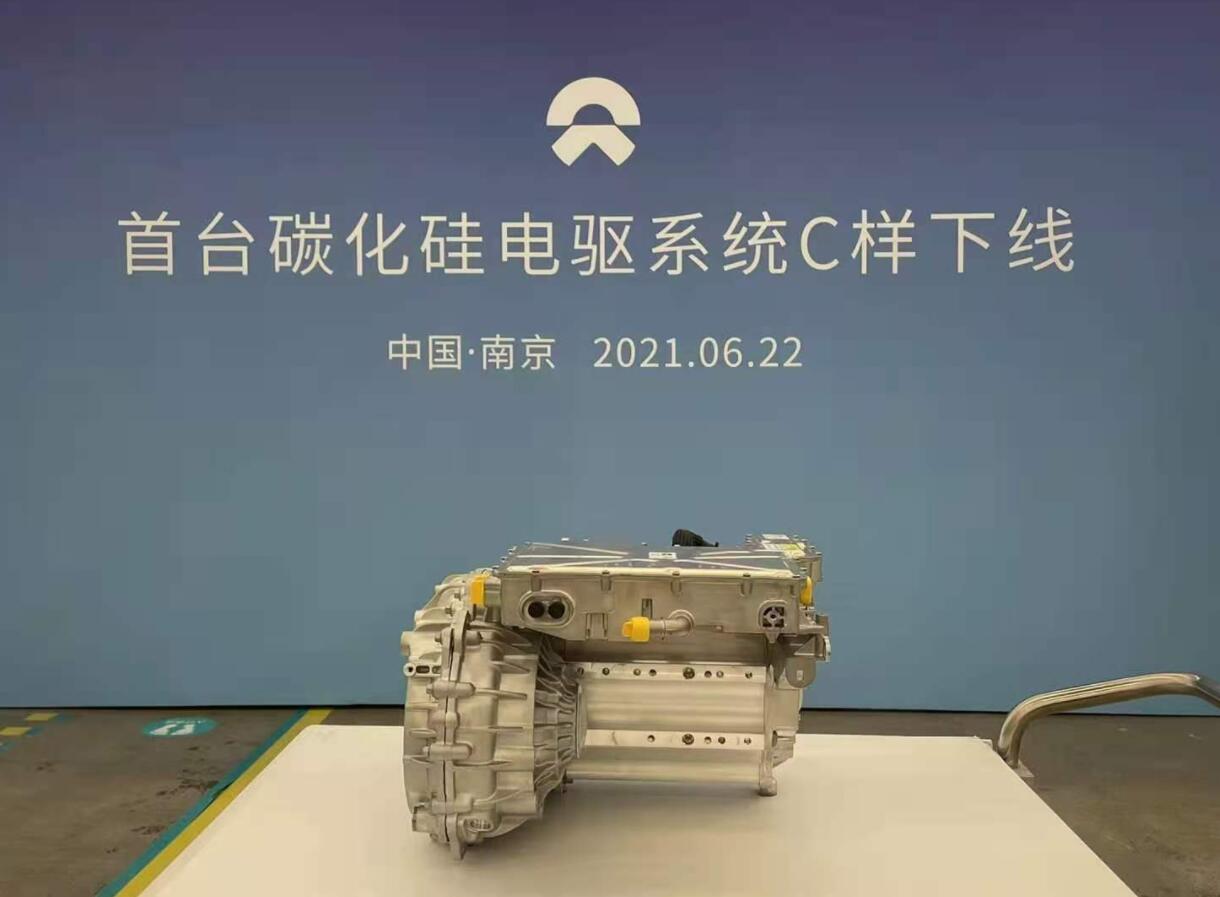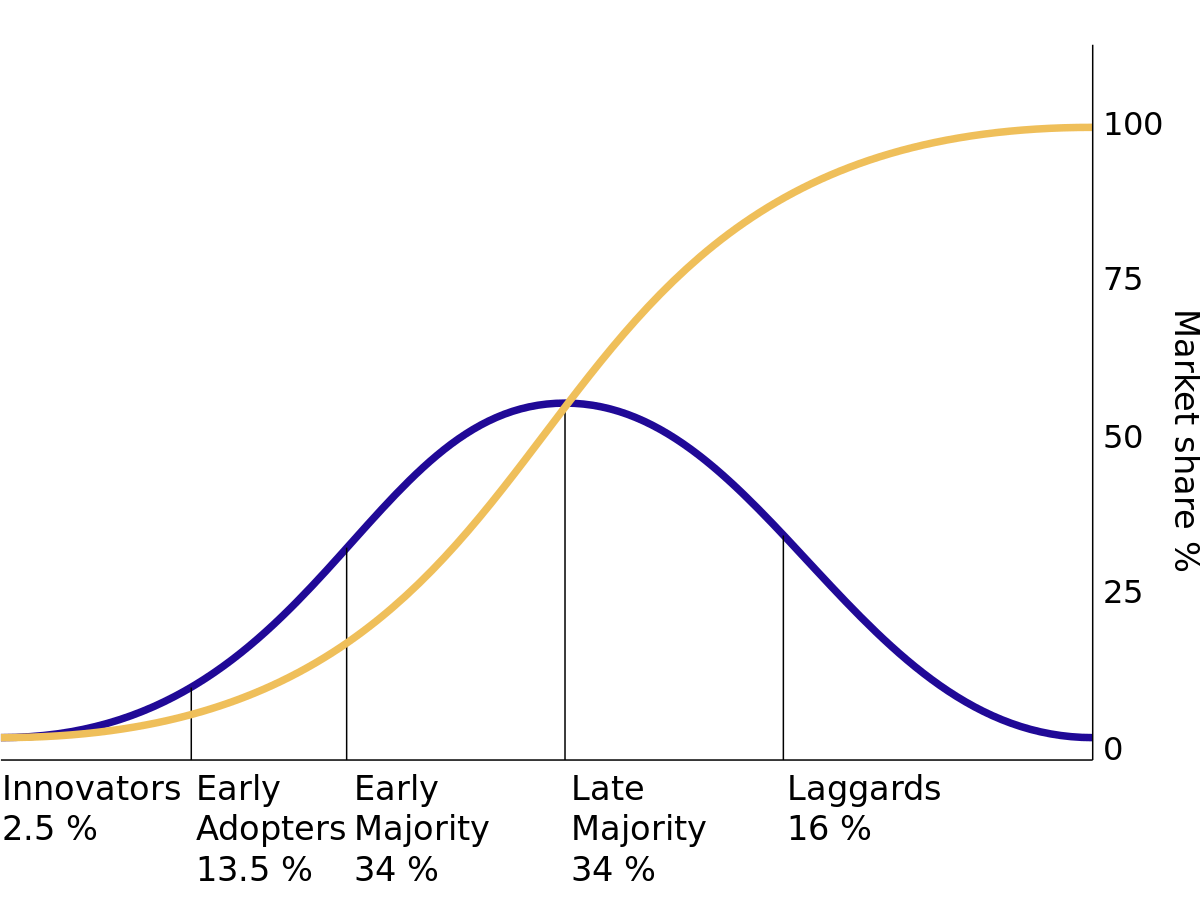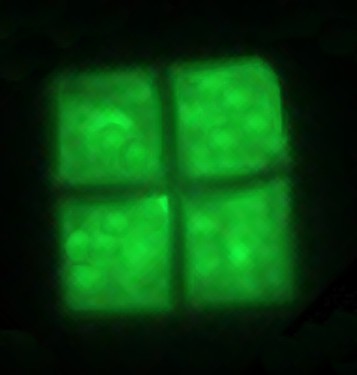
Feds Say the Technology They Use to Control the Weather Doesn’t Work
For as long as humans have suffered at the hands of the storms they have dreamed of controlling the weather. The United States, like all great empires lost to hubris, has long sought to manipulate the skies to its own ends. A new Federal report has revealed America sucks at it.
The report comes from the Government Accountability Office (GAO), a nonpartisan watchdog group that investigates the U.S. government. It’s narrowly focused on “cloud seeding,” the practice of adding silver iodide crystals to clouds to make them bust and give up that sweet sweet rain. As droughts hit the western states on a routine basis, many local governments are attempting to use cloud seeding to bring the rains.
It’s not working well. The GAO conceded there’s some validity to cloud seeding, but that it’s almost impossible to measure its effectiveness. “Cloud seeding may increase water availability and result in economic, environmental, and human health benefits. In the studies GAO reviewed, estimates of the additional precipitation ranged from 0 to 20 percent,” the report said. “However, it is difficult to evaluate the effects of cloud seeding due to limitations of effectiveness research.”
The idea of seeding clouds with something to make them rain started in the late 19th century but wasn’t studied and perfected until after World War II. “Scientists demonstrated the basis of cloud seeding in the 1940s when they observed in the laboratory that water present in clouds could be artificially induced to create ice crystals using dry ice or silver iodide crystals,” the GAO said in its report. “Extensive federal funding of research and development, including field experimentation, followed this discovery. For example, in fiscal year 1978, total federal funding for weather modification was approximately $68 million, in 2024 dollars.”






















